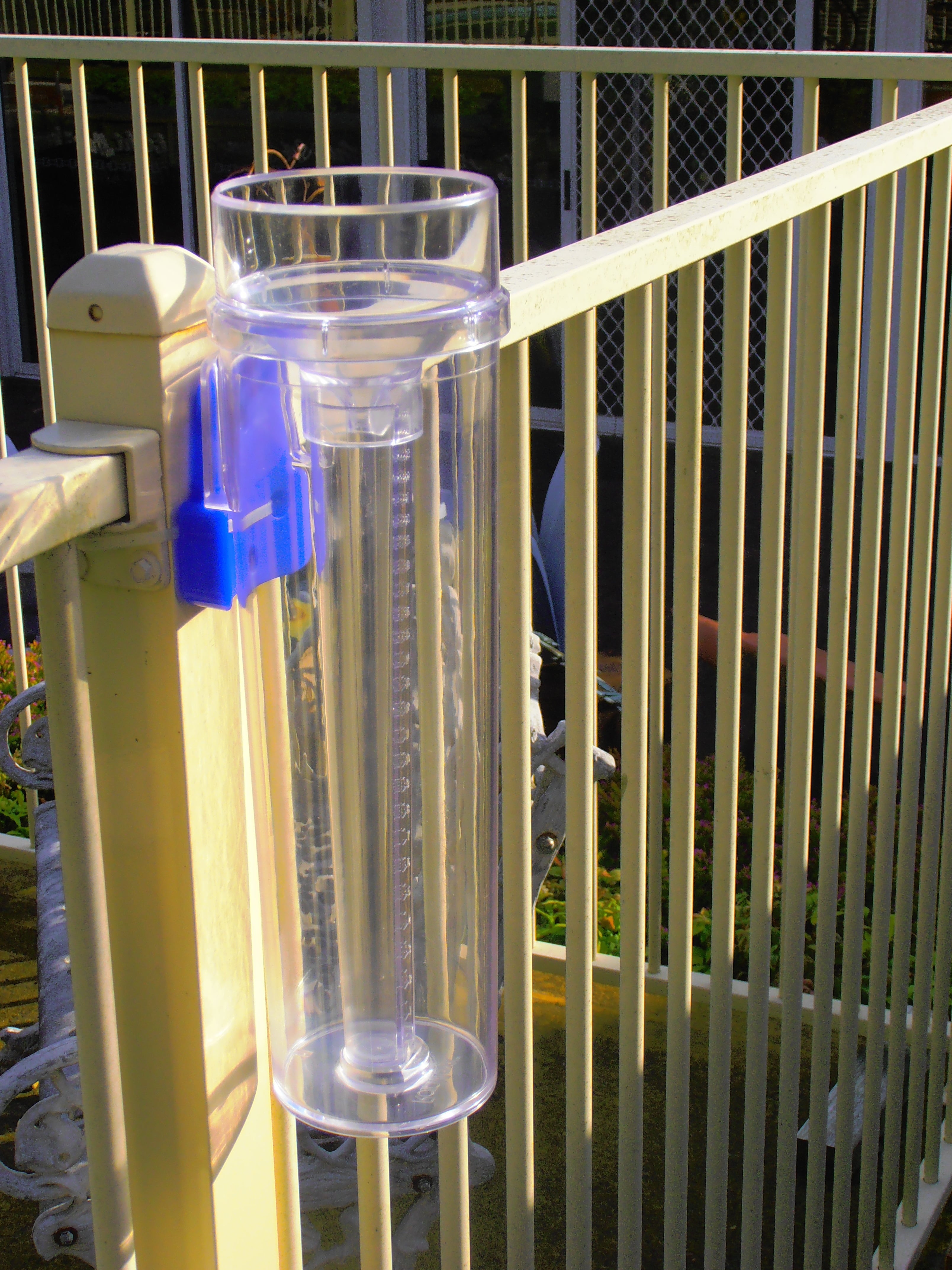Discover the Best Rain Gauge for Accurate Weather Measurement and Projecting
Discover the Best Rain Gauge for Accurate Weather Measurement and Projecting
Blog Article
Revealing the Science Behind Rainfall Gauges: Just How These Tools Play a Crucial Duty in Climate Study and Environmental Surveillance
Rain evaluates, relatively straightforward tools, hold a profound relevance in the world of environment research and ecological tracking. These humble instruments quietly collect among nature's most important elements-- rainfall. Behind their plain exterior exists an intricate science that is vital for recognizing the characteristics of our environment. As we peel back the layers of this scientific shroud surrounding rain determines, we uncover a world where precision, information accuracy, and precise observation converge to unveil a deeper understanding of our altering climate and its effect on the world.
Value of Rainfall Gauges
Rainfall assesses play a vital function in tracking and determining precipitation degrees, giving essential data for environment research study and analysis. These tools are fundamental in evaluating the amount of rainfall that takes place in a particular area over a specific period. By measuring and accumulating rain, rainfall evaluates deal important understandings right into the distribution and intensity of precipitation, aiding meteorologists, hydrologists, and climatologists in recognizing weather patterns and trends.
Furthermore, lasting data collected from rainfall gauges assists in assessing climate adjustment effects and patterns, adding significantly to scientific research and decision-making processes. In essence, rainfall determines offer as important tools in the area of meteorology and environmental science, playing an important duty in progressing our understanding of weather condition and environment characteristics.
Kinds of Rain Scales

Capability and Procedure
In the realm of climate study and meteorological studies, the effectiveness of rainfall evaluates lies in their complex functionality and precise functional mechanisms. Rainfall determines are made to precisely gauge the amount of rainfall that falls over a specific location throughout a set duration.
The performance of rainfall evaluates is based upon the principle of accumulating and measuring rainwater in a standard manner. This gathered information is vital for comprehending neighborhood weather condition patterns, tracking lasting climate patterns, and analyzing environmental influences. To ensure precise dimensions, rainfall gauges need to be tactically positioned in open areas away from obstructions such as structures or trees that can hinder the collection procedure.
The operational aspect of rainfall assesses entails regular maintenance to avoid particles accumulation, calibration checks to preserve measurement precision, and data recording for analysis (rain gauge). On the whole, the performance and procedure of rainfall gauges are necessary for gathering reputable rainfall information essential to environment research study and environmental surveillance
Duty in Environment Research Study
Given the crucial value of exact rainfall measurements in comprehending weather condition patterns and ecological impacts, the role of rainfall assesses in environment research study is crucial. Rainfall determines view it provide vital information for climate research by quantifying the quantity of precipitation that falls over a specific location throughout a provided period. Visit Website This data is vital for monitoring lasting patterns in precipitation patterns, assessing the influence of climate modification on rainfall circulation, and boosting climate models.

Environment researchers make use of data collected from rainfall assesses to analyze variants in precipitation levels, recognize local climate trends, and assess the effectiveness of water resource monitoring methods. By comparing historic rainfall data with current dimensions, scientists can find shifts in precipitation patterns, such as changes in the regularity or strength of rains events. This info is essential for comprehending exactly how environment change is affecting rainfall dynamics and can assist policymakers make educated choices regarding adjustment and mitigation methods.
Applications in Ecological Surveillance

In flood forecasting, rain gauge information aids to track rains intensity and circulation, enabling authorities to release prompt warnings and take required measures to alleviate flooding dangers (rain gauge). Drought surveillance counts on rain gauge data to assess moisture levels in the soil and track precipitation deficiencies, aiding in the recognition of drought-prone locations and the implementation of dry spell feedback approaches
In addition, rain scale information plays an important duty in water source monitoring by offering details on water more information accessibility and usage trends. This data is made use of to make informed choices relating to water allocation, preservation steps, and sustainable water source preparation. Furthermore, in agriculture, rain scale data assists farmers in enhancing irrigation routines, plant selection, and total farm management methods based upon local rainfall patterns. Overall, rain gauges are crucial tools in ecological monitoring, providing beneficial insights that add to notified decision-making and lasting source management.
Final Thought
In final thought, rain assesses are important tools for determining precipitation, offering useful data for climate research study and environmental monitoring. With different kinds and performances, rainfall evaluates play a crucial duty in comprehending rainfall patterns and their effect on the setting. By accurately measuring rainfall, these devices contribute to the improvement of scientific understanding and aid in making notified decisions pertaining to water resource monitoring and catastrophe readiness.
Rain evaluates play an important function in monitoring and gauging rainfall levels, giving crucial information for climate study and analysis. The common rain gauge, recognized as the "tipping container" gauge, is one of the most generally utilized devices. Ultrasonic rainfall evaluates use noise waves to discover the visibility of rain, supplying real-time information on rainfall levels.Environment researchers make use of data accumulated from rainfall assesses to evaluate variants in precipitation degrees, recognize local environment trends, and review the efficiency of water source monitoring strategies.In conclusion, rain determines are important devices for measuring rainfall, giving useful information for climate research and environmental monitoring.
Report this page